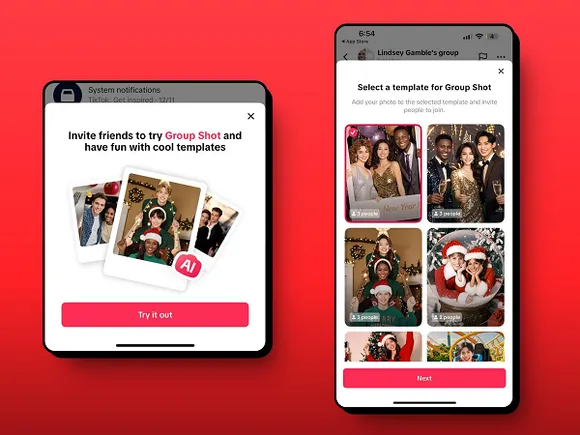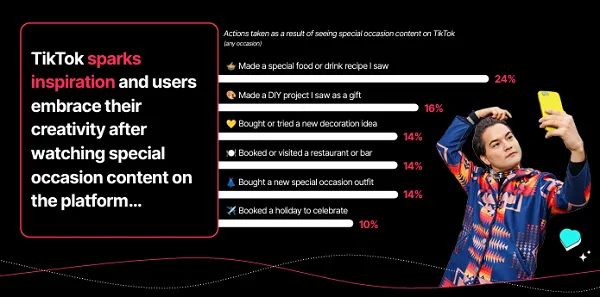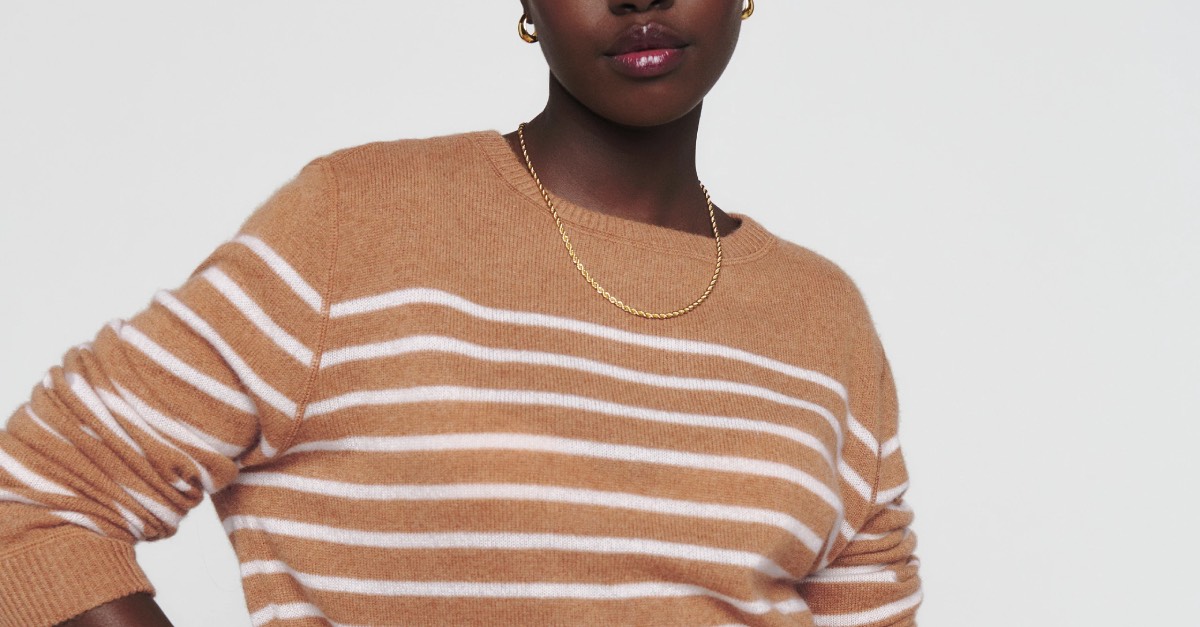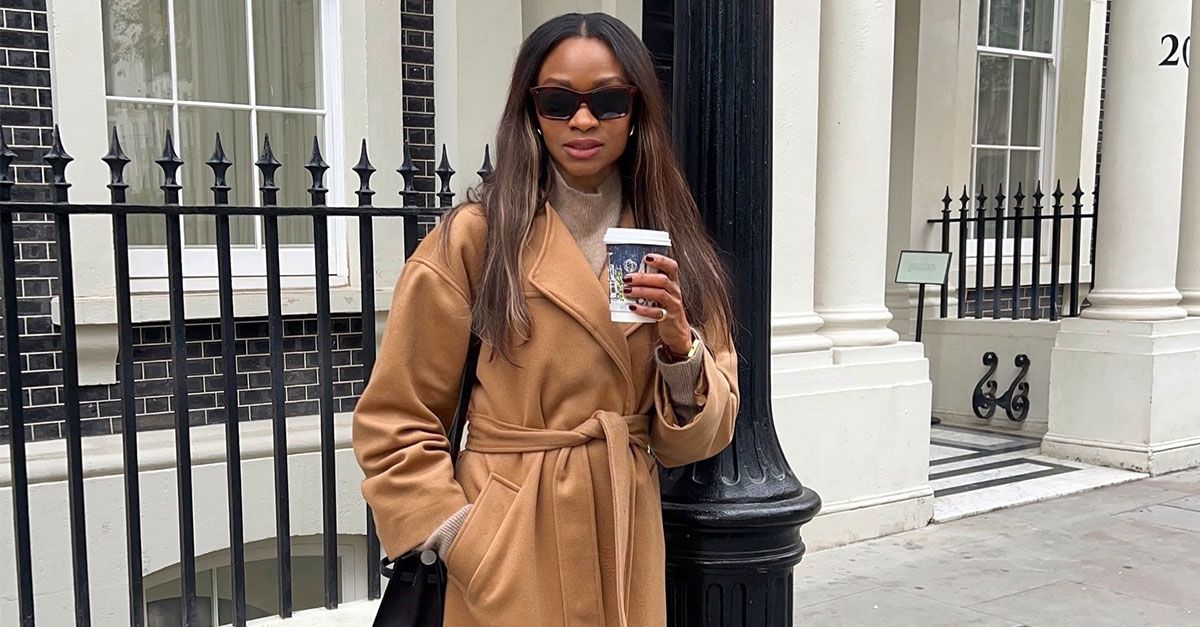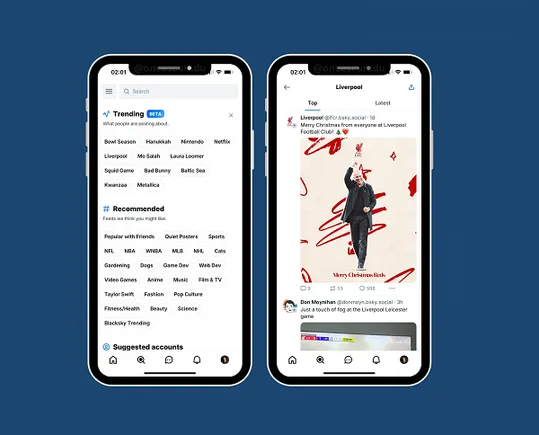It’s been just over 50 days since Elon Musk lugged a sink into Twitter HQ for his first day in his new role as owner of the platform, and since then, we’ve seen various policy changes, staff cuts, exposes of internal documents, and more.
But now, we may be at the end of the Elon as ‘Chief Twit’ experiment, with Musk tweeting out this poll on Sunday afternoon:
Should I step down as head of Twitter? I will abide by the results of this poll.
— Elon Musk (@elonmusk) December 18, 2022
The results have not gone in Musk’s favor, and he has, thus far, stuck to his word on abiding by poll results.
Which begs the question, ‘what has Elon actually done, in a policy sense, at Twitter?’
Elon’s been very keen to tout his view on ‘free speech’, and how the platform, under his ownership, will allow more types of comments and content.
But will it? Has he actually changed anything to make Twitter more open?
Here’s a look back at all of the major announcements and policy updates that have been implemented thus far by Elon and his Twitter 2.0 team.
1. Paid verification
Musk’s first big announcement, of course, was his paid verification plan, through which people will be able to pay $8 per month to get a blue checkmark, so they can digitally cosplay as celebrities in the app.
Musk originally wanted to charge $20 per month, before realizing that was too high for normal folk who don’t have billions of dollars in discretionary spend. So he lowered it to $8, or $96 per annum to keep your blue tick – though iOS subscribers have to pay $11 per month because Elon doesn’t want to pay Apple’s 30% in-app purchase tax out of his own pocket.
Look, this is a fairly flawed, self-serving scheme, which offers little of value for users, and a lot of value for Twitter, in terms of direct revenue, and as some means of verifying human users (because, at least in theory, bots can’t pay). Musk has had to revise the program to counter impersonation scams, which took off as soon as it was launched, but even now, there’s not a lot of reason for people to pay up – especially when most users don’t ever tweet, so the benefits, for the majority, really aren’t worth the money.
But some people will pay, and Elon’s working on additional incentives, like priority listing of replies and in search (again, irrelevant if you don’t tweet), while he’s also flagged a new system through which paying subscribers will be able to downvote other accounts, in order to lower their tweet exposure.
Again, Elon’s biggest fans will pay, as will those who’ve been desperate for a blue checkmark since forever.
Will that be enough to generate significant income or value from the program?
Honestly, I doubt it, and Twitter’s most recent attempts to restrict users from posting links to their Mastodon accounts likely suggest that Twitter Blue take-up hasn’t been what Elon expected or hoped.
But we’ll soon find out, with Twitter Blue in the process of being rolled out to more regions.
2. Account reinstatements
A big signal of his intentions to make Twitter more free and open was Musk’s announcement that he would reinstate the profiles of users that had been previously banned from the app. Well, it was less an announcement, and actually a poll among users, which has become Musk’s go-to circuit-breaker for big decisions.
Over the last month, Twitter has gone about re-instating some 60,000 accounts, belonging to those who had previously broken the platform’s rules – because Musk wants to start off new, with a clean slate.
All of these profiles still have to play by the platform rules, but some of the app’s biggest offenders of times past are now back and tweeting again.
And about those rules…
3. Updating Twitter’s Rules and Regulations
Here’s the thing – for all of Musk’s talk of updating Twitter’s approach, and making the platform more open to more kinds of speech, Twitter itself has repeatedly told ad partners that its policies have not changed.
As Twitter shared in blog post on November 30th:
“None of our policies have changed. Our approach to policy enforcement will rely more heavily on de-amplification of violative content: freedom of speech, but not freedom of reach.”
Again, Twitter has not changed any of its policies as yet, and while Musk keeps talking about allowing more speech, and pointing the finger at past management for their perceived bias, Twitter’s rules around content, and what is and is not allowed in the app, are exactly the same.
Some have suggested that Musk has taken stronger action against child sexual abuse material, though experts say that those changed haven’t had much impact, while Twitter has also stopped enforcing its COVID misinformation policy, an area where Musk has strong opinions.
But functionally, the Twitter you’re using right now is no more free or open than the one managed by Parag Agrawal at the same time last year.
Twitter is relying more on automation, because Musk cut a huge amount of its moderation staff, so there are likely more mistakes in enforcement. But again, as the rules are written, as the policies are set, Elon Musk has done nothing to update Twitter’s approach to what is and is not allowed in the app.
Or he hadn’t, until last weekend.
4. No Doxxing
Elon Musk has, however, announced one significant policy shift:
“When someone shares an individual’s live location on Twitter, there is an increased risk of physical harm. Moving forward, we’ll remove Tweets that share this information, and accounts dedicated to sharing someone else’s live location will be suspended.”
After an incident in which his young son was confronted by a stalker, Elon decided to take decisive action against any Twitter account that shares live location info, in order to avoid potential harm.
Twitter’s new rules state that users can no longer share live location information of any kind, ‘including information shared on Twitter directly or links to 3rd-party URL(s) of travel routes’. Which, technically, rules out pretty much all live-streams, as you’d be sharing the live location of anybody featured in the video.
Which could become a problem in the case of civil unrest, and governments wanting to eliminate negative coverage due to such. Say, for example, a user is sharing footage of protests in Hong Kong, and the Chinese Government calls on Twitter to shut the stream down due to this rule.
It’s not exactly what the update is intended for, but it could be used in this way.
What’s most interesting here is the fact that Musk has drawn the line at personal safety. In Musk’s view, live location information should not be shared, because it could lead to real world harm. Which most would agree with, and with that being the parameter, it’ll be interesting to see if future policy decisions at the app are made with this in mind.
That, at core, is the key logic that Twitter’s moderation team has always worked from – ‘what are the chances of this tweet causing actual harm in the real world?’
Musk and Co. want to demonize Twitter’s past decisions, and frame them as politically biased, but it’s interesting to see that Musk is now coming around to seeing that base logic.
Maybe that will color his future changes. Probably not.
5. Banning Links to Other Social Apps
Twitter also banned links to selected competing social platforms for a few hours on Sunday, before reversing course pretty quickly due to massive backlash.
This was dumb policy, which Twitter seemingly acknowledged by removing all references to it pretty fast. Essentially, Twitter sought to ban all links to Facebook, Instagram, Mastodon, Truth Social, Tribel, Nostr and Post.
Why these apps? Why not YouTube, or TikTok?
I’m guessing its because Elon saw users tweeting links to these alternative platforms where users could follow them, as they looked to jump ship from Twitter. Mastodon is the most obvious culprit here, but I’m also guessing that Elon has been in contact with Meta, and that that meeting did not go well, hence the inclusion of IG and Facebook.
Nostr is a favorite of former Twitter chief Jack Dorsey, and Post is pretty much a carbon copy of Twitter.
Why not YouTube? Well, YouTube’s parent company, Google, could return fire by refusing to index tweets in Google Search, which would be a big problem for Musk and Co.
Why not TikTok? Elon’s other company, Tesla, is pretty reliant on the Chinese market.
Like Elon’s other changes, this one seemed pretty shaded by personal bias. And given that it was likely in violation of EU regulations, and could have led to antitrust and other penalties, it makes sense for Twitter to move on and pretend that it never happened.
—
And despite all the noise, that’s actually it. Twitter hasn’t actually implemented many changes at all – which makes sense when you also consider the staff cuts, and the impact those have had on the platform’s capacity to operate.
Twitter has hinted at ad-reduced and ad-free subscription tiers, it is exploring longer tweets and longer video uploads. It is accelerating the roll out Community Notes, as a means to provide additional, user-sourced perspective on divisive tweets, while it also works on new ad placement controls, while Musk has also hinted at bringing back Vine.
But for all the noise, for all the media coverage, for all the discussion that Musk has generated in his time as ‘Chief Twit’, he hasn’t actually changed anything much. Like, at all.
Which once again underlines Elon’s true skill and strength – he is very, very good at generating media attention, and essentially owning the media cycle, through just his tweets.
Tesla has never had an advertising department for this reason, because they don’t need one, with Elon always able to go out, say something outlandish, and bring the media to him, like pigeons scrambling for scraps.
That may be Elon’s most valuable trait, and for a social platform, which relies on getting people to come and hear the latest, that, at least in theory, could be very valuable.
The challenge for Elon then is that he would have to keep coming up with controversial things to say, in order to keep triggering mass coverage, bringing more people to the app.
That may be working so far, but as Elon continues to stoke political division, and skirt the edges of social platform regulations, it does seem like, eventually, it will come to a head.
Which may be why now is a good time for Elon to step away, if he does so, though despite him stepping back, that still doesn’t mean he won’t be in control of the app.
Elon taking a backseat makes sense, if he does it. And his past history does not suggest that he’s overly great at taking a more passive role at his companies.














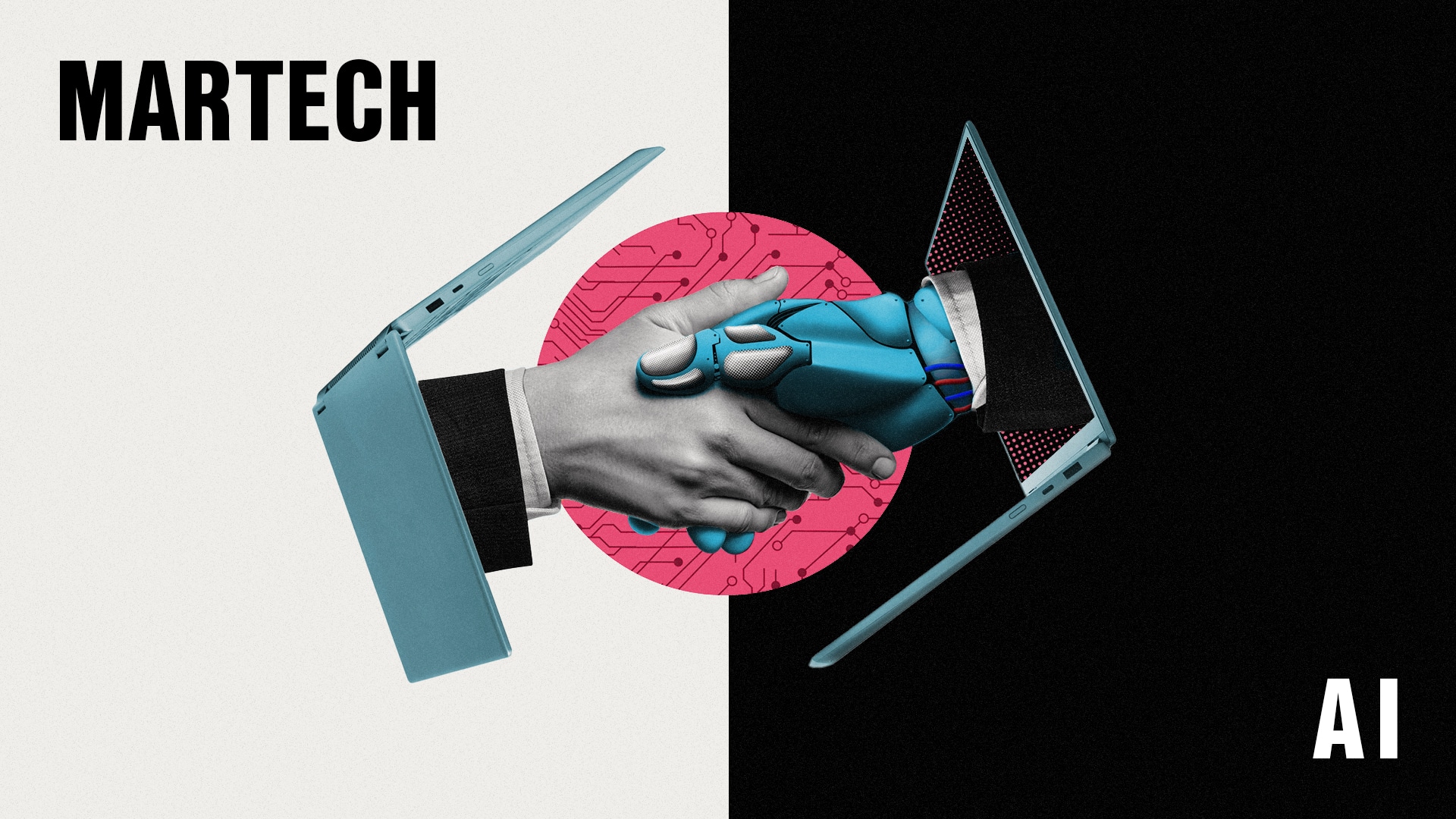







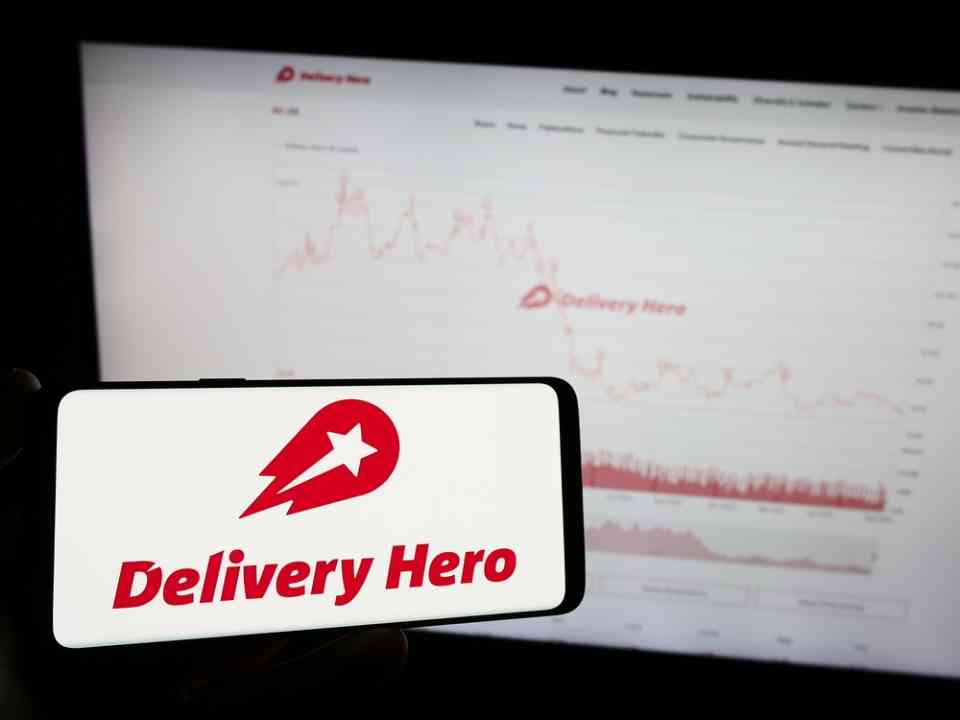
















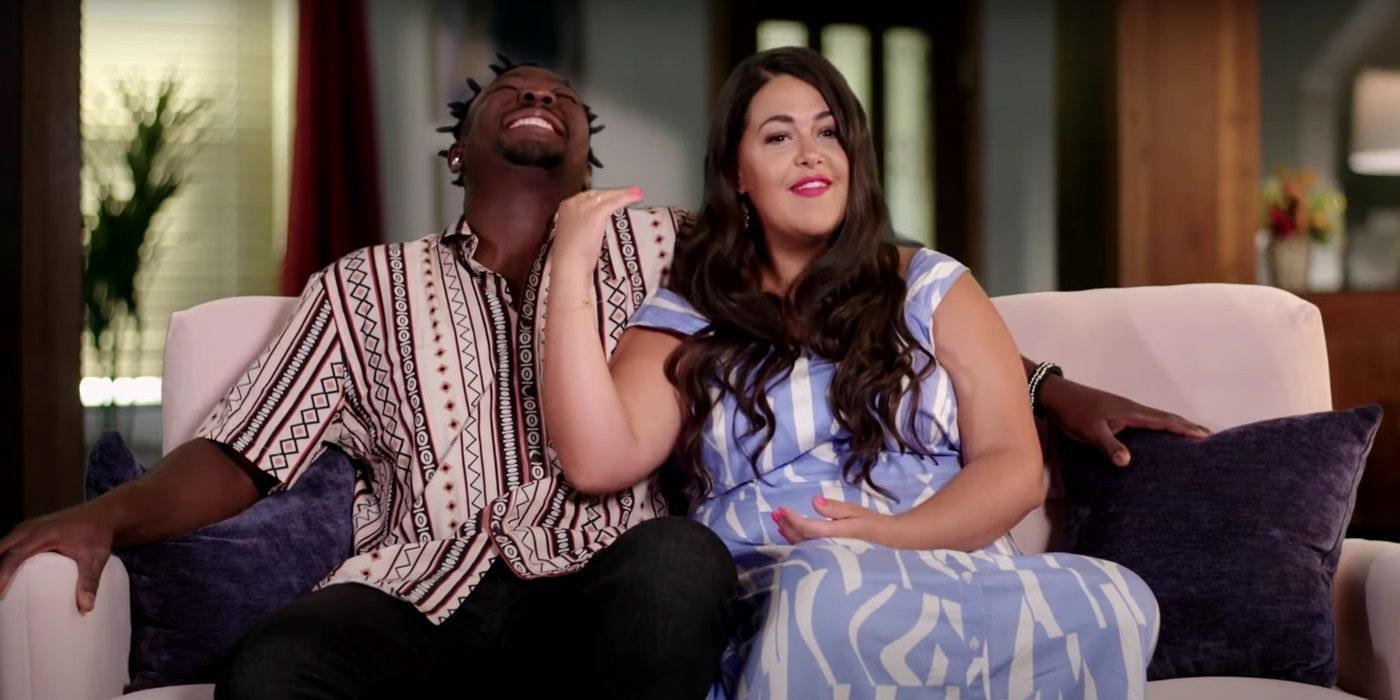


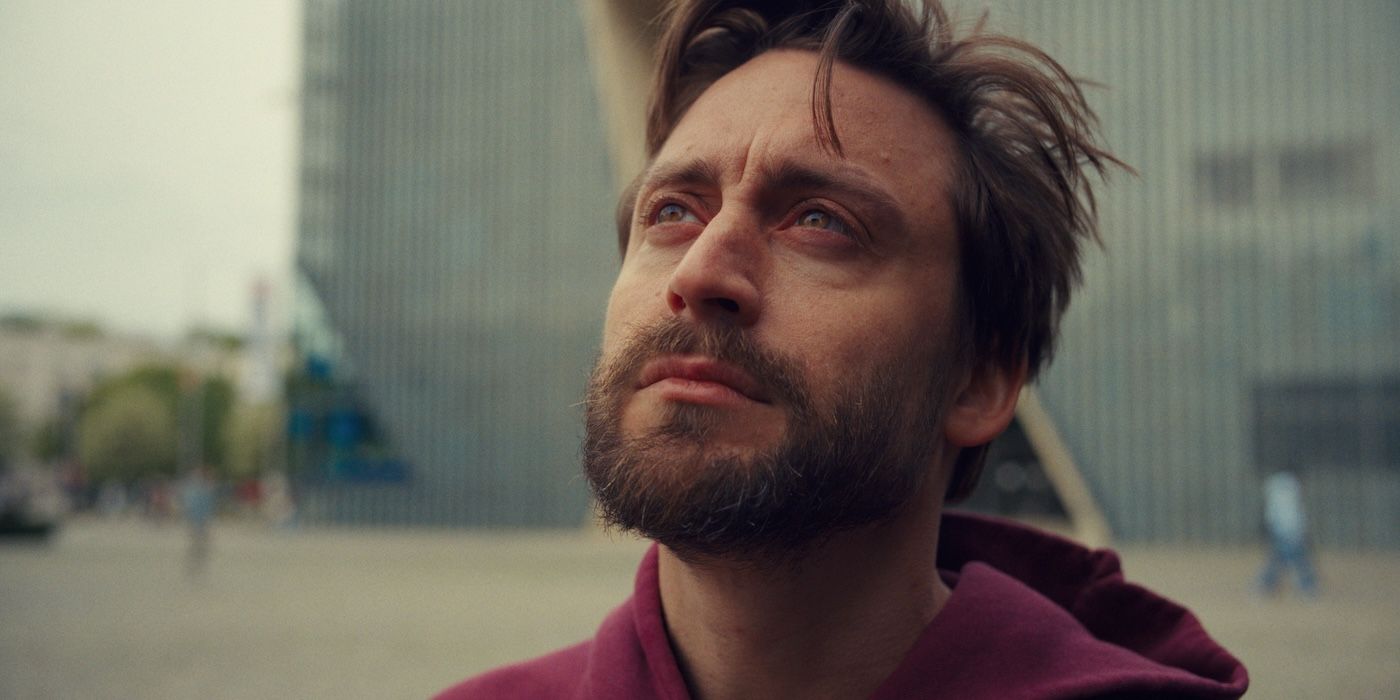
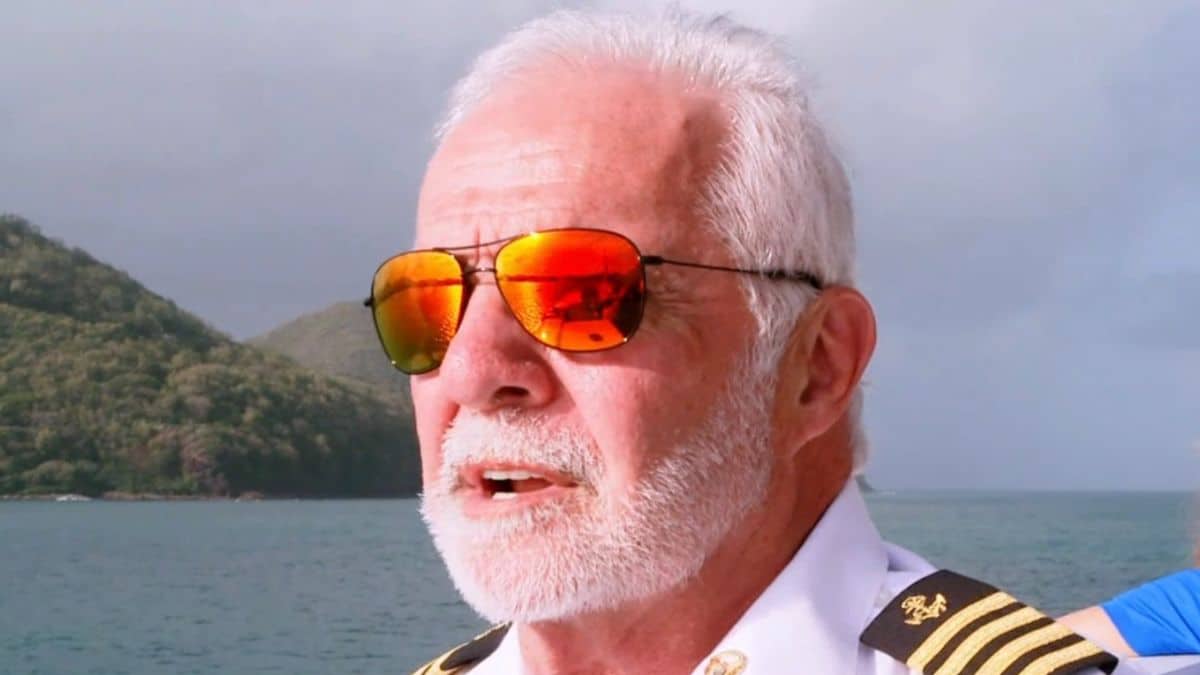
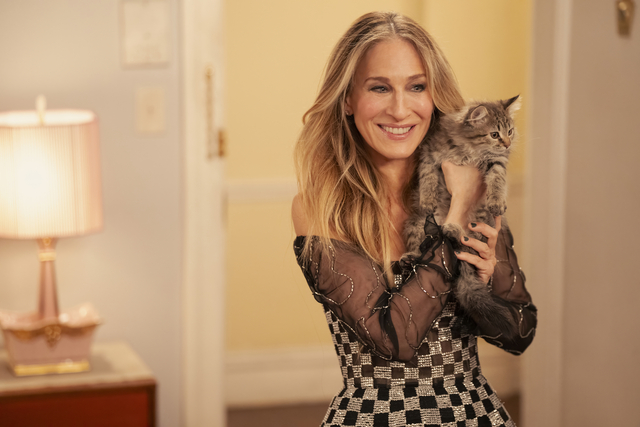


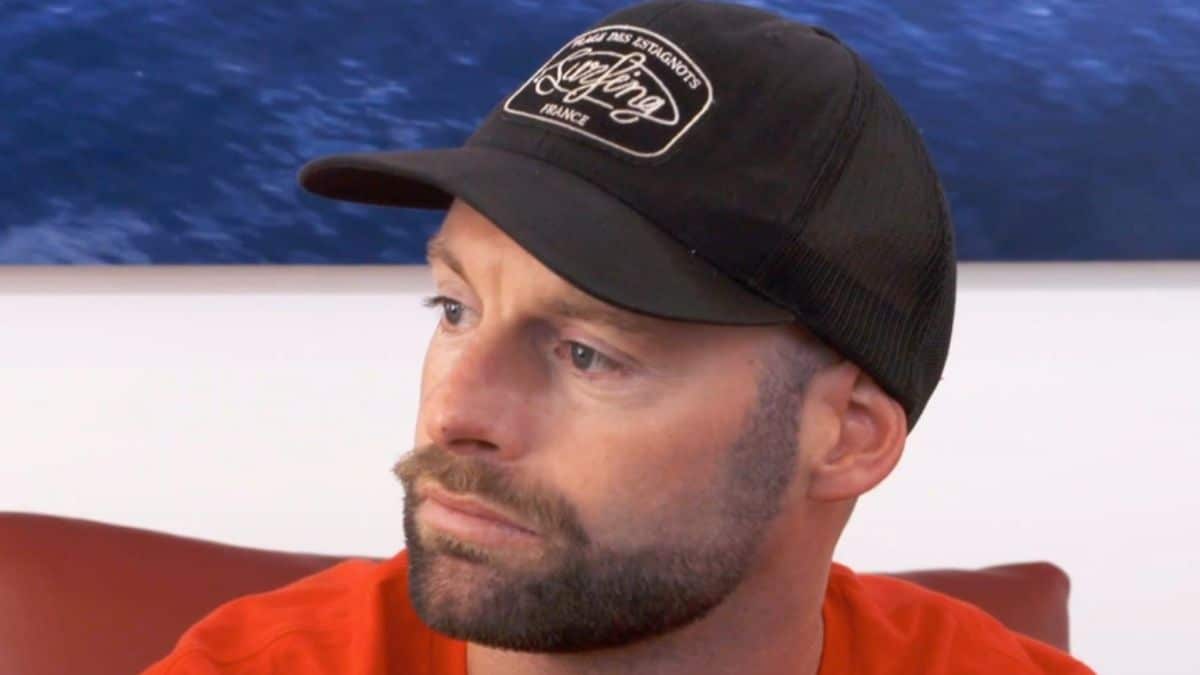
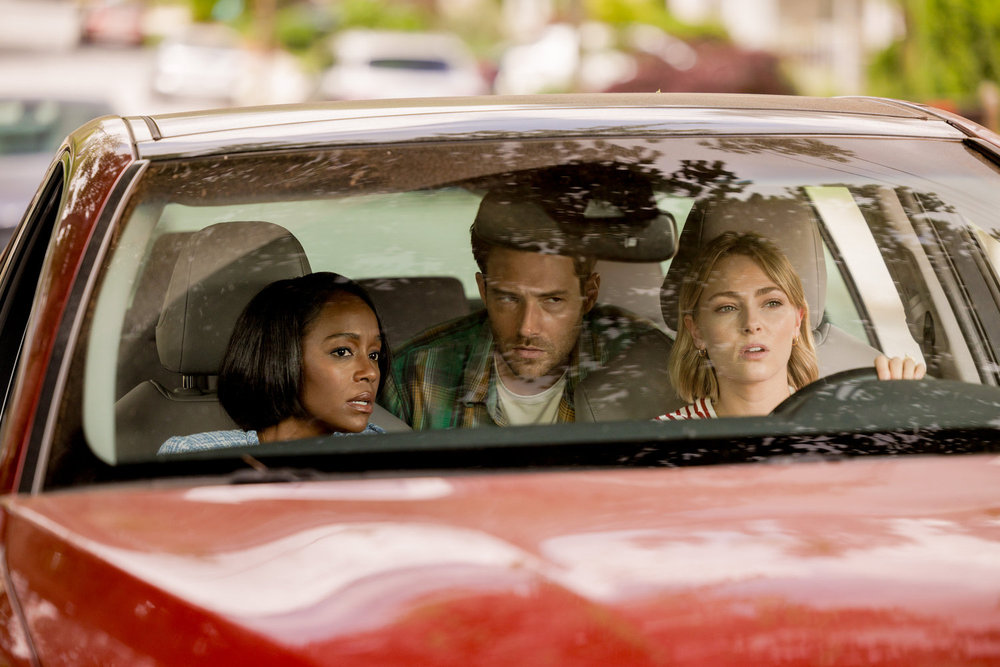





![Online Shopping Reached New Highs in 2024 [Infographic] Online Shopping Reached New Highs in 2024 [Infographic]](https://imgproxy.divecdn.com/kCw9rTPPHoCqXkkL4Bt8p7eohxOuRs6iXsDK03Fxr_8/g:ce/rs:fit:770:435/Z3M6Ly9kaXZlc2l0ZS1zdG9yYWdlL2RpdmVpbWFnZS9vbmxpbmVfc2hvcHBpbmdfc3VyZ2UyLnBuZw==.webp)

![What App Features Are People Willing to Pay For? [Infographic] What App Features Are People Willing to Pay For? [Infographic]](https://imgproxy.divecdn.com/mHJQ6ffz2lGDUuF649StZz5xtI56ORDL5z-Cjs9ZUw8/g:ce/rs:fit:770:435/Z3M6Ly9kaXZlc2l0ZS1zdG9yYWdlL2RpdmVpbWFnZS9hcHBzX3RoYXRfcGVvcGxlX3BheV9mb3JfMi5wbmc=.webp)

